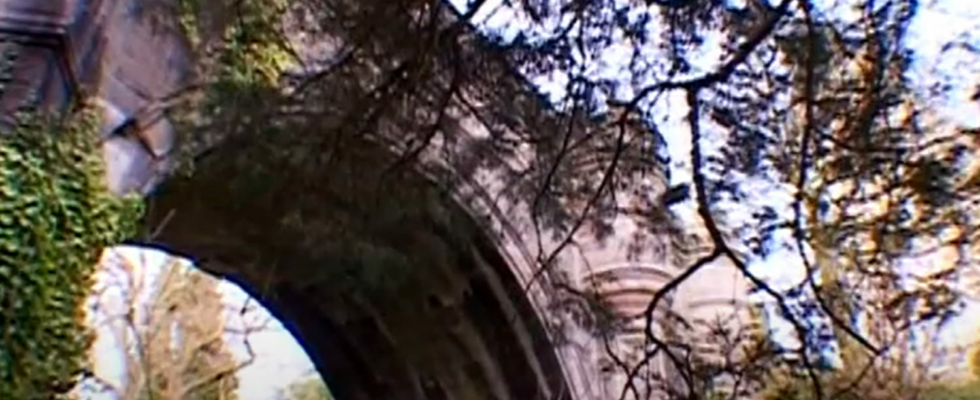Around fifty dogs jumped into the void from the same bridge. A dog expert explains this behavior.
Above the Overtoun Burn in Scotland stands a granite bridge, built in 1895, which provides access to the manor house of Overtoun House. It is an ideal place for beautiful walks. However, a darker history taints this little corner of paradise. For around fifty years, at least fifty dogs have thrown themselves from this bridge even though it is more than 15 meters high. Most of the canines lost their lives. In 2014, one of the owners who saw her dog jump told the Daily recordthat her three-year-old pet had “turned her head, looked up and did this massive jump.”
Specialists therefore sought an explanation. If some people made up the legend of the haunted mansion, the theory of suicide was also quickly dismissed. Dr. David Sands, canine behaviorist, whose research was revealed in a documentaryasserted that it was “impossible for a dog to premeditate its own death.”

To try to understand, the specialist went to the site with a dog who had survived his fall. He tried to determine what could have “over-stimulated” the animal. He immediately understood that it was not linked to what the dog saw: “all the dog sees are the granite parapets”. In terms of hearing, acoustic experts have not noticed anything that only dogs, and not humans, could perceive. David Sands therefore believes that it was more the canines’ sense of smell that pushed them to jump. On the bridge, they also did not benefit from any visibility beyond the low wall bordering the bridge while the masters could have to lean over to look at the waves below.
At the foot of the bridge, the specialist also discovered traces of mice, mink and squirrels. He then confronted ten dogs with the smell of his animals during a test. Seven of them jumped at the scent of mink. The latter emits particularly strong scents and the dogs which jumped belonged to breeds with a keen sense of smell such as Labradors and collies.
This theory could correspond with several criteria, in particular a recurring condition during dog jumping, that of good weather. When the weather is nice, the smell is not altered. Additionally, minks have multiplied in Scotland since the 1950s, when jumping began. Although it has not yet been formally demonstrated, the mink hypothesis remains the most plausible.
